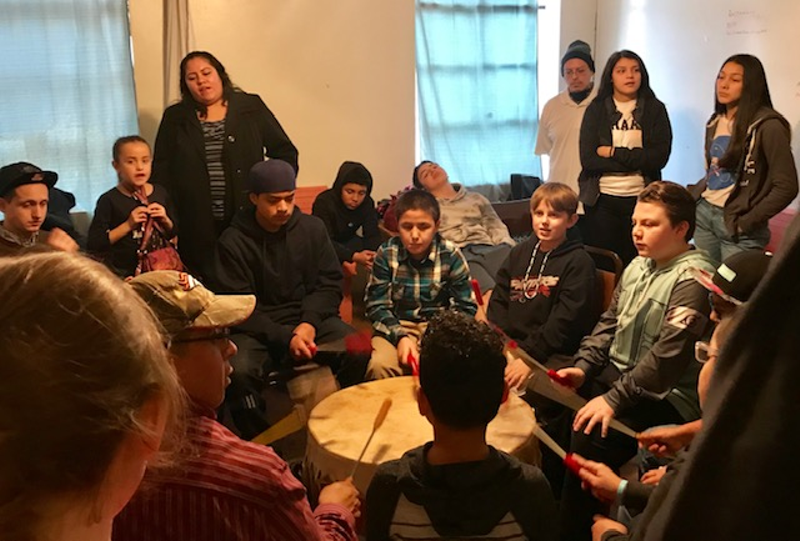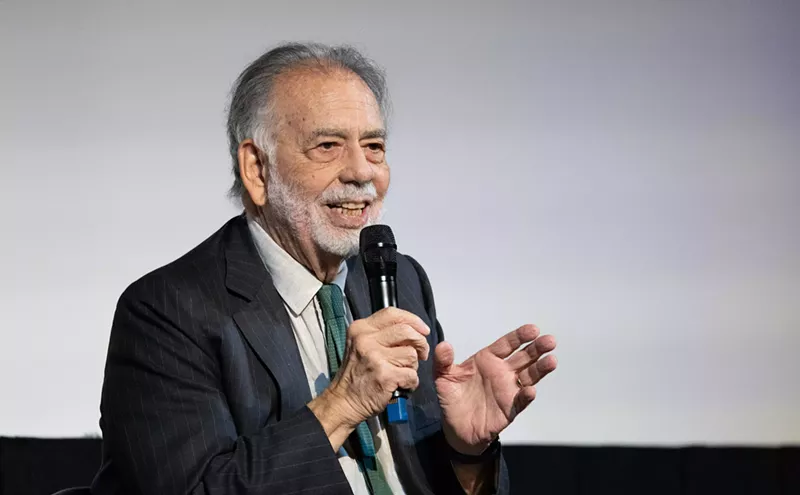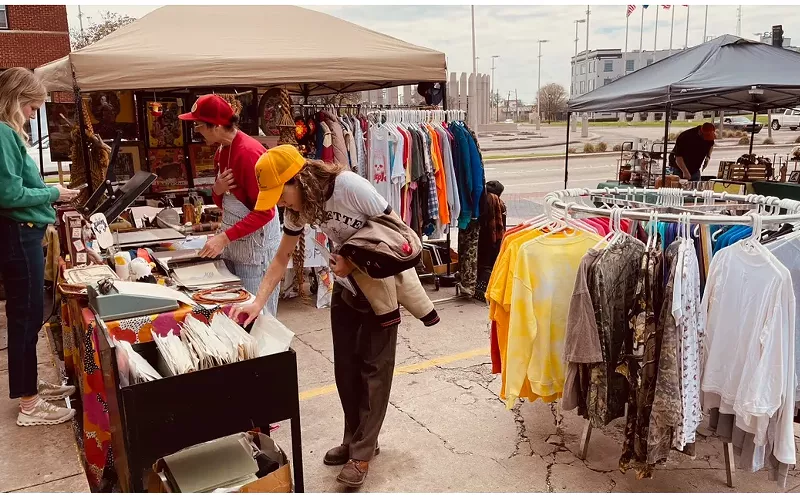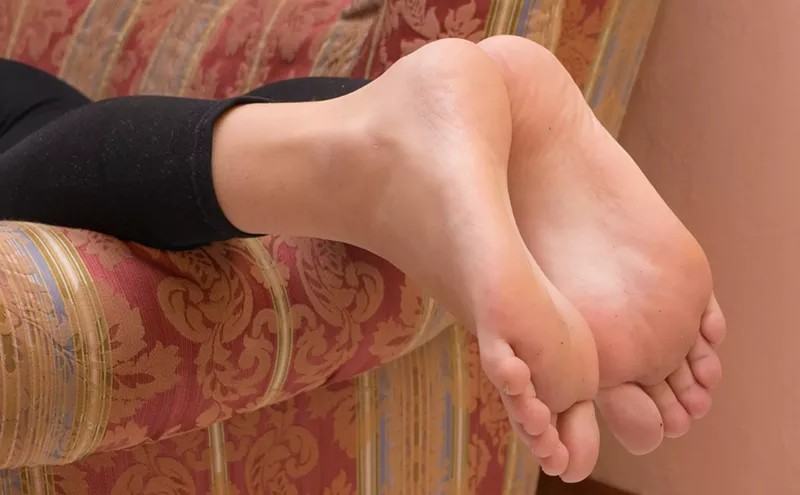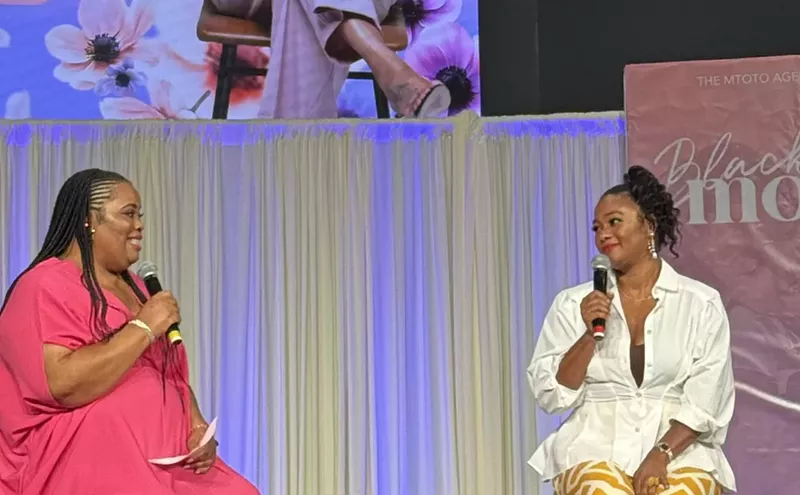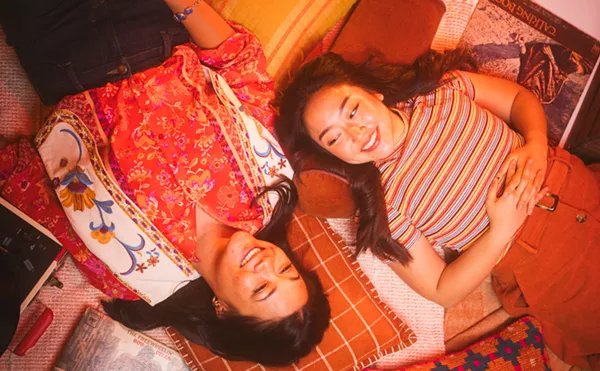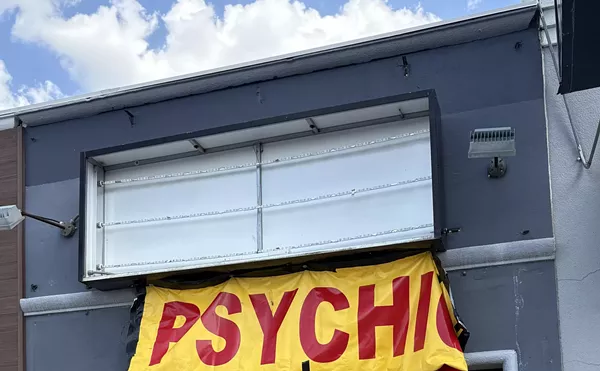Members of the Soar Beyond Youth Mentor Organization were there to practice for the Dallas Women’s March, where they drummed and sang for missing and murdered Native women on Jan. 20.
“He calls the drum grandfather,” says 16-year-old Kaya Cordova, referring to Michael Tongkeamha, who founded the group two years ago. “[The drum], it teaches us.”
Cordova, who says she’s Pima/Hopi, attends W.H. Adamson High School. Along with her family, the soft-spoken youth also attends the Dallas Indian United Methodist Church, where the group was practicing.
Being part of the organization, which sometimes travels to places like the University of Texas at Arlington, Texas Christian University and Oklahoma, has helped Cordova make new friends and learn about other tribes and other Native women, she says. It’s also taught her to “never be afraid to say who you are.”
“Like, if someone asks if you’re native, you’ll be like, yes,” she says. “It’s important.”
Traditionally, men play the drum during the ceremony while the women sing around it because the men were responsible for sacred songs, Tongkeamha says. One of the songs that the youth practiced, Tongkeamha was inspired to create while at Standing Rock. He says another was a warrior song that originated out of Canada.
Dallas artist Damon Neal talked about the importance of men respecting, honoring and not harming [all] women.
“That’s the reason we’re going out there,” says Tongkeamha, 44, while asking the group to wear the color red or regalia to the march and stay focused.
Sitting near the building’s sanctuary, Tongkeamha talked about how before Dallas’ Urban Inter-Tribal Center, the building was a place where Indians “would come and get their teeth pulled and what little bit of medical [care] was available.” He also shared how drumming saved him from a life of drugs and trouble.
As a youth, Tongkeamha was involved in sports, but he says when the competition got tough, rather than meeting the challenge, he’d escape. He says the drum gave him a chance to focus on spirituality and connect with his people, the Kiowa, who were a nomadic tribe that followed the buffalo and settled in Southwest Oklahoma. Reconnecting with his ancestors through the drumbeat as he traveled with his father across powwow circuits built Tongkeamha’s confidence, he says.
Among other things, he learned not to chew gum around or put his feet on the drum and not to get up and walk away from it. He says he also learned respect, because if someone looked away or around, they’d be told to get their seat and go because their interest wasn’t there.
“The drum is sacred such as the Bible or the Quran. Even though there are no words on the drum, it has the same spiritual meaning. It has the same harmony and life." – Michael Tongkeamha
tweet this
“The drum is sacred such as the Bible or the Quran,” he says. “Even though there are no words on the drum, it has the same spiritual meaning. It has the same harmony and life.
“The dancers, when they dance, they dance for the people who cannot dance. We call it spirituality. We sing because we truly enjoy the peace.”
The biggest challenges for the youth, Tongkeamha says, are loss of culture and lack of recognition. He says many Natives can’t say hello in their own language, and the more urbanized that Indians become, the less they return home.
“The less we go back home, the less those traditions are getting passed on,” he says. “Stories are getting lost.”
Tongkeamha says the best thing the organization can do, in terms of community outreach, is get the youth involved regardless of Native blood so that culture can be shared and stereotypes shattered.
“Most people think Native Americans are no longer here,” he says. “We’re still here. We get a voice. And it counts.”
While there are many Native American tribes, Tongkeamha says there’s only one drum, “and it’s the heartbeat of the people.”

